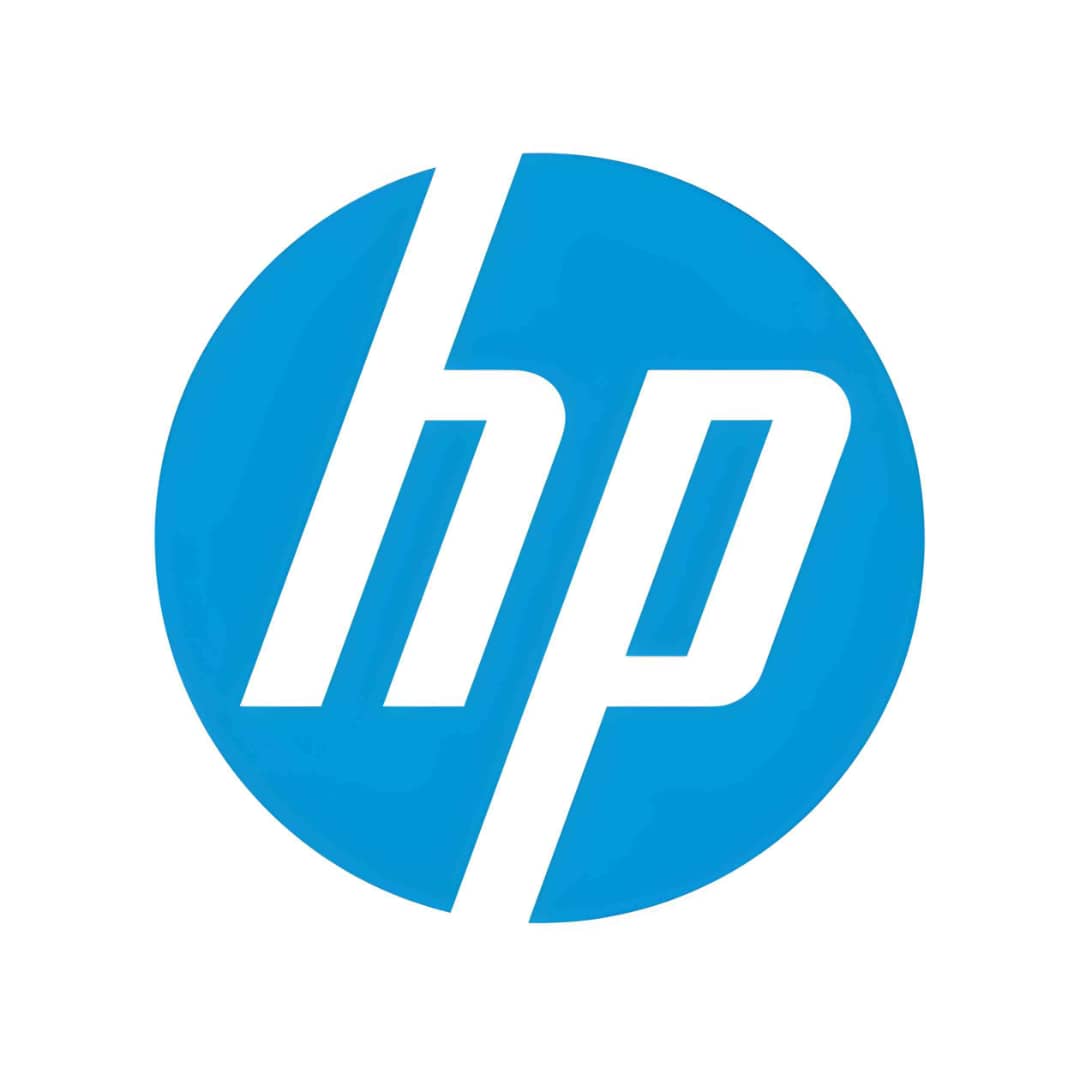HP Inc., widely recognized as one of the pioneering names in technology, represents the continuation of a legacy that began in a Palo Alto garage in 1939 when Bill Hewlett and Dave Packard founded Hewlett-Packard. That humble origin has since evolved into an iconic narrative often cited as the “birthplace of Silicon Valley,” shaping not only HP’s destiny but also influencing the very culture of modern technology. In 2015, Hewlett-Packard underwent a significant corporate split that created two independent entities: Hewlett Packard Enterprise (HPE), focusing on servers, storage, and enterprise IT services, and HP Inc., which retained the personal computing and printing divisions. HP Inc. has since become synonymous with consumer and business devices—its laptops, desktops, printers, and printing supplies occupy a central role in homes, classrooms, and offices worldwide. Its portfolio spans everyday consumer PCs like Pavilion and Envy, premium ultrabooks such as Spectre, powerful workstations for professionals, gaming systems under the Omen brand, as well as a full spectrum of printers from compact DeskJets to enterprise LaserJets, and even cutting-edge 3D printers for industrial applications. Beyond hardware, HP extends its ecosystem with services including device management, workflow optimization, managed print services, and software solutions aimed at improving productivity. What differentiates HP is its dual focus: creating powerful, aesthetically refined, and affordable technology for consumers, while simultaneously supporting business customers with reliability, security, and large-scale deployment capabilities. With a footprint that stretches across more than 170 countries, a workforce numbering in the tens of thousands, and distribution channels ranging from online marketplaces to global retail and enterprise partners, HP continues to influence how people work, learn, and create in the digital age.
Operationally, HP Inc. thrives on adaptability and scale. The company manages a vast global supply chain that connects manufacturing hubs, assembly facilities, component suppliers, logistics partners, and distribution networks in a way that ensures timely product delivery while balancing efficiency with resilience. Its supply chain strategies have become especially important given global disruptions like the COVID-19 pandemic, semiconductor shortages, and transportation bottlenecks; HP has worked to diversify suppliers, invest in predictive analytics, and use digital monitoring to increase agility. Financially, HP generates tens of billions of dollars annually, with revenue streams balanced between personal systems (desktops, laptops, workstations) and printing (printers, supplies, commercial solutions). The supplies business—ink and toner cartridges—remains highly profitable, while the PC division has benefited from surges in remote work, online education, and gaming demand. The company has also pushed into services and recurring revenue models, such as Instant Ink subscription programs, managed print services for businesses, and device-as-a-service offerings that bundle hardware, software, and support. These approaches strengthen customer retention and build predictability into revenue. HP has leaned into innovation not just through product design but through sustainability and inclusivity. Its goals include reducing greenhouse gas emissions, shifting to renewable energy in operations, expanding recycling and circular economy practices, and introducing devices built with ocean-bound plastics and recycled metals. HP consistently publishes detailed sustainability reports, showcasing progress in diversity hiring, carbon neutrality, waste reduction, and community engagement. It also invests heavily in education initiatives, aiming to expand digital access, particularly in under-served regions. These efforts underscore the company’s recognition that long-term success is tied to more than financial metrics; reputation, trust, and global impact matter in a marketplace where consumers and enterprises increasingly evaluate corporate responsibility alongside product quality.
Despite its stature, HP faces formidable challenges. The personal computer and printer markets are intensely competitive and mature, with key rivals like Dell, Lenovo, Apple, Canon, and Epson fighting for global share. Consumer preferences are shifting toward mobile devices and cloud services, pressuring traditional PC demand, while printing volumes have been declining as digital workflows become more entrenched. In response, HP has diversified into growth areas such as gaming, premium devices, and commercial solutions, while investing in next-generation 3D printing and industrial manufacturing technologies that could reshape supply chains by enabling localized, on-demand production. The company also embraces artificial intelligence and security as differentiators, embedding AI features into PCs for performance optimization and predictive maintenance, while emphasizing robust cybersecurity to reassure business customers. Market fluctuations, currency risks, and economic uncertainty continue to pose headwinds, yet HP has maintained shareholder confidence through dividends, share repurchase programs, and consistent financial discipline. Looking forward, HP’s strategy revolves around blending innovation with practical utility: developing PCs with longer battery life, sustainable materials, advanced displays, and collaboration features suited for hybrid work environments; advancing printer technologies that integrate with mobile ecosystems; and investing in emerging markets where growth potential remains significant. By sustaining its heritage of engineering excellence, embracing customer-centric design, and aligning with megatrends like remote work, digital education, gaming, and sustainability, HP positions itself not merely as a hardware company but as a technology partner in everyday life. Its brand equity, global presence, and ongoing transformation initiatives make it a central player in the evolving tech landscape, carrying forward the Hewlett-Packard spirit of invention into the next era.


